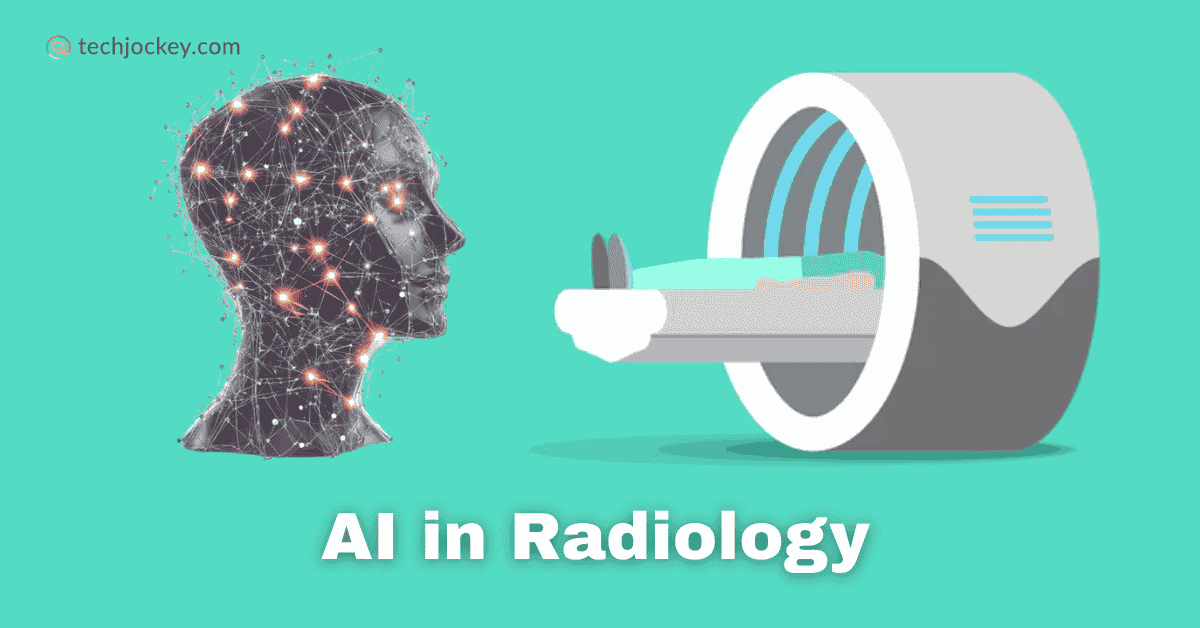
A radiologist with years of expertise could still scan an image in minutes or a few hours. But the ones who are in the beginning might need the help of an expert.
Delays in radiology mean risking a life.
These delays are due to the time-consuming process of scanning an image without the scope of any error. But still, some studies show that diagnostic error rates in radiology range from 3% to 5% globally. The percentage is less, but it’s a serious risk for hospitals and patients alike.
AI in radiology is the latest tech to spot these errors. These tools can spot diseases faster, often before symptoms even show up.
This blog will discuss the intersection of artificial intelligence and radiology, covering its history, working, benefits, and real-world use cases.
Let’s decode.
In 1895, Wilhelm Roentgen was experimenting with cathode ray tubes when he accidentally discovered X-rays. Within weeks, doctors started using them to look inside the human body. It was where modern radiology began.
For decades, imaging was film-based. Radiologists developed and read scans manually, which was slow and required high expertise. Then came digital radiology in the 1980s. At that time, scans could be stored, shared, and reviewed on computers.
The 1990s welcomed PACS – Picture Archiving and Communication Systems. This helped hospitals store massive volumes of imaging data securely and access it remotely. It laid the foundation for large-scale diagnostic workflows.
The early 2000s saw the rise of computer-aided diagnosis (CAD) tools. These were basic algorithms that flagged potential issues in mammograms or lung scans. But they lacked intelligence and needed a lot of human supervision.
Today, we are moving toward machine learning and AI. Imaging tools are becoming smarter, faster, and more accurate with the incorporation of AI.
The path of AI and radiology is built on a series of scientific leaps:
deepcOS
Starting Price
Price on Request
AI’s role in radiology is to support human experts, making their tasks easier.
The process starts with machine learning and deep learning. These AI subsets train computers to read and understand images by providing them the annotated medical images. These images have already been declared by an expert radiologist which identify conditions like fractures, tumors, or infections.
Here’s a step-by-step look at how AI analyzes a medical scan:
Here are some benefits of Artificial Intelligence in radiology:
AI is being applied across key radiology domains. Here are a few use cases to understand AI’s importance.
A chest X-ray is the most common medical scan. But it’s difficult and takes ample time to manually detect conditions like pneumonia, tuberculosis, or lung nodules.
Many tools today, like Qure.ai qXR, use AI to read chest X-rays and detect up to 29 lung conditions, including TB and COVID-19. It’s already being used widely in public health programs across Asia and Africa.
Similarly, CAD4TB is specialized for tuberculosis screening. CAD4TB holds CE certification that meets international safety and quality standards.
Qure AI
Starting Price
Price on Request
Breast cancer takes the lives of many worldwide. But survival rates can be improved if the disease is detected early. Dense breast tissue, subtle lesions, and variability between radiologists can cause missed diagnoses or false alarms.
Lunit INSIGHT MMG uses AI to detect suspicious lesions and classify them by risk level. It also calculates breast density scores, which are an important factor in assessing cancer risk.
Bone fractures generally require emergency treatment. In the hustle, it becomes difficult for radiologists to examine large volumes of X-rays, and that too under time pressure. Many complications can occur if there is a slight delay in fracture diagnoses.
AZmed Rayvolve is a tool that takes the help of AI and detects fractures from X-ray images within seconds. The tool highlights fracture sites with clear visual markers, helping clinicians confirm findings faster.
Neurological disorders and spinal injuries often require detailed imaging and careful interpretation. Lesions, aneurysms, multiple sclerosis plaques, and vertebral fractures can be subtle and difficult to detect.
mdbrain provides volumetric analysis of brain MRIs. For spine imaging, IB Lab FLAMINGO uses AI to identify vertebral compression fractures from CT scans. This supports orthopedists and neurologists by providing fast and reliable detection.
The liver and biliary system are complex, and imaging these organs can be challenging. But AI now enhances this imaging with 3D biliary mapping and detailed tissue characterization.
Perspectum MRCP+ applies AI to MRI scans to create accurate 3D maps of the bile ducts. This level of detail helps hepatologists and radiologists tailor treatment plans and monitor disease progression effectively.
Conclusion
AI in radiology comes with challenges. But the benefits are too big to ignore.
AI speeds up diagnosis with improved accuracy. Studies show that AI tools can cut diagnostic errors by up to 30%. That’s a major win for patient safety.
Many healthcare businesses embrace AI as it has resulted in better operations and patient services.
To deliver top-tier care, now is the high time to invest in AI imaging as the future of healthcare lies in it.
When you begin your building information modeling journey, selecting the right software is crucial. Your… Read More
Highlights: The Digital Personal Data Protection Act, India, 2023 is the first comprehensive law in… Read More
Smart technology assists us in our daily lives, and it is operating silently in the… Read More
The holiday season is all about cozy lights, warm emotions, and picture-perfect memories and now,… Read More
Android trojan, for the unversed, is malware that poses a serious threat to mobile… Read More
Smartphones have completely transformed how we bank, making money transfers and payments quicker and more… Read More